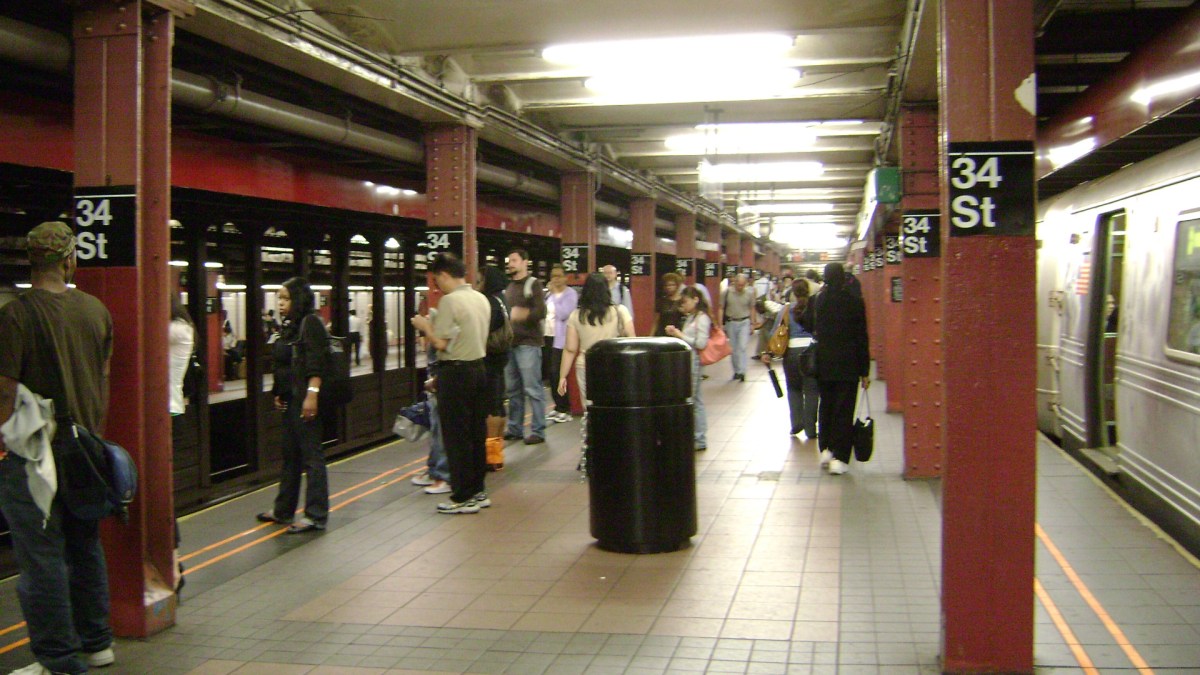Every week, amNewYork Metro presents “Ask the MTA”, where you can seek out answers to your common questions about public transportation in New York City. Send us your questions for the MTA, and we’ll make sure you get an answer! Email us at askthemta[@]amny.com.
Q.) At the MTA 95 St./3rd Ave Crosstown stop, the electronic bus schedules (countdown clocks) haven’t worked since they were installed, and the paper version was removed. But the subway electronic schedules work. Can’t this be fixed? Not all of us have cell phones to use.
A.) We’re working with our partners at the City Department of Transportation to fix this issue. While most of the countdown clocks function as designed with next bus information, outages can happen. We have alerted the DoT, and are hoping to have the sign at 95th Street/3rd Avenue Crosstown back up and running as soon as possible. In the meantime, customers can report outages by calling 311.
— Sunil Nair, Chief Officer, Regional Bus Company, NYC Transit
Q.) I am a consistent daily rider of the R-W trains at Herald Sq-34th Street. Every single day I smell urine. More emphasis needs to be placed on power washing and cleaning this station and all others including floors, platforms and hard services. I never see this being done at all. What is your solution to this issue?
A.) We have multiple cleaners working at 34th Street-Herald Square at all hours of the day – removing trash, mopping and sweeping floors, and cleaning bathrooms. Our crews will always respond to unsanitary conditions as they occur. Additionally, the station is power-washed every 28-30 days by our Specialty Cleaning forces, most recently in late February.
You may have also noticed that we intensified cleaning efforts last week after the first confirmed cases of the novel coronavirus were reported in New York. The new disinfecting protocol – where we sanitize every station every night — will be in place until further notice.
We have also intensified our outreach efforts to help connect vulnerable New Yorkers – including those who may sleep on subway platforms – with social and medical services that can help them. So far, this program has quadrupled the number of people accepting placement into shelters and other facilities. Almost 3,000 people have received assistance, including medical treatment, since the summer.
We encourage customers to reach out at any time with concerns about their home stations. They can report issues at Herald Square, or any station, by calling 511, or by emailing the group station manager directly at team10@nyct.com. Another great resource is the help point intercoms that can be found around the station. Concerns reported via intercom are brought to workers in real-time, usually resulting in the quickest response.
— Germaine Jackson, Group Station Manager, 34th Street-Herald Square Station
Q.) The weekend of March 14, the agency is reportedly shutting down A/C/E Train Stations between 59th Street-Columbus Circle and West 4th Street with the A Trains running via the 6th Avenue Line in both directions, E Trains via the Broadway Line in both directions and the C Train suspended entirely. But the MTA is sending the M Train to 168th Street as a replacement for local service instead of just having the A and/or D Trains providing local service along Central Park West. This seems very confusing. What are the reasons for why this plan was implemented?
A.) During this weekend, we’ll be replacing signal power cables and performing other work along the line, including structural inspections, maintenance and preparations for our major CBTC signaling overhaul on Eighth Avenue. The signaling system of our subways is what keeps trains running on schedule. It can also be the cause of major delays when they fail. Because of that fact, we wanted to complete repairs as soon as possible.
We don’t take any decision to change service lightly. Our goal is to provide as normal service as possible given the limitations we face to allow needed maintenance and capital investment activity to occur. We also consider line capacities, train movement over switches, and the ability to run robust alternative service for our customers when planning a service change.
In this case, track capacity will not allow five subways lines (A, C, D, F and M) to run along 6th Avenue. There is no way we could ensure reliability with such a service plan, and we don’t want to set up an alternate that is essentially destined to fail.
A benefit of rerouting the M to 168th Street is that normal service levels are retained north of 59th Street. This allows the A and D to run normally, with the M replacing C service. Instead of only having two services north of Columbus Circle, we’re able to maintain normal service levels.
— Joshua Rosenberg, Director, Track Access Forecasting, Operations Support, NYC Transit



































